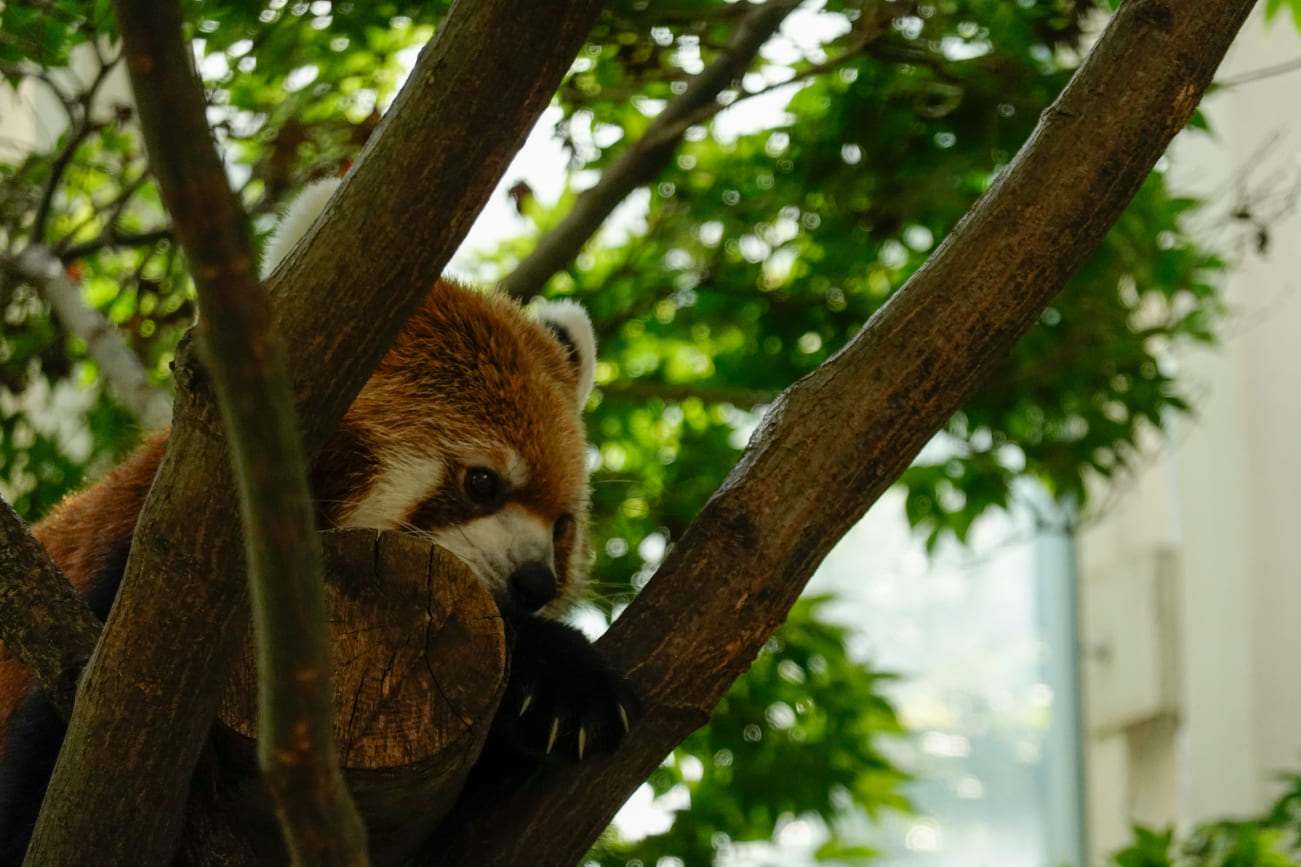The Himalayan panda, often overshadowed by its more famous cousin, the giant panda, is an extraordinary creature with a story just as fascinating. Known scientifically as the Red Panda (Ailurus fulgens), this small, arboreal mammal is native to the forests of the Himalayan region, including parts of Nepal, India, Bhutan, Myanmar, and China. Its charming appearance and unique behaviors make it one of the most intriguing animals in the world.
Appearance: A Living Flame
The Himalayan panda is often described as a “firefox” due to its striking reddish-orange fur, which contrasts beautifully with its white facial markings and dark legs. Its bushy tail, adorned with alternating red and light rings, provides balance while climbing and serves as a cozy wrap during cold Himalayan nights. Weighing between 6 to 13 pounds and about the size of a house cat, the Himalayan panda is perfectly adapted for life in the trees.Habitat and Diet: Masters of the Forest Canopy
Red pandas thrive in the temperate forests of the Himalayas, where dense bamboo thickets provide their primary food source. Despite their classification as carnivores, they are predominantly herbivorous, with bamboo shoots and leaves forming about 95% of their diet. Occasionally, they supplement their meals with fruits, berries, mushrooms, and even bird eggs.Their semi-retractable claws and strong, flexible ankles make them excellent climbers. They spend most of their time in the forest canopy, foraging, resting, and escaping predators. Their thick fur and bushy tail help them endure the cold, high-altitude climates of their habitat.
Behavior: Solitary and Shy
Himalayan pandas are solitary animals, coming together only during mating season. They are primarily crepuscular, meaning they are most active at dawn and dusk. Red pandas communicate using vocalizations such as squeals, whistles, and growls, as well as marking their territory with scent glands located on their feet. Despite their small size and gentle demeanor, they are not defenseless. When threatened, they can stand on their hind legs to appear larger and use their sharp claws for defense. However, their primary strategy is to escape into the treetops, where they feel most secure.Conservation Status: A Species in Peril
The Himalayan panda is classified as endangered by the International Union for Conservation of Nature (IUCN). Habitat loss due to deforestation, agriculture, and urban development poses the greatest threat to their survival. Poaching and illegal pet trade further exacerbate their plight.It is estimated that fewer than 10,000 mature individuals remain in the wild. Conservation efforts are focused on protecting their natural habitats, reducing human-wildlife conflict, and raising awareness about their importance to the ecosystem.
Zoos and conservation centers around the world have also played a vital role in protecting the Himalayan panda. Breeding programs and public education initiatives aim to ensure that these unique creatures continue to exist for future generations.
Why Protect the Himalayan Panda?
The Himalayan panda is more than just an adorable face; it plays a crucial role in maintaining the balance of its ecosystem. By feeding on bamboo and spreading seeds through its droppings, the red panda contributes to forest regeneration. Its survival is intricately linked to the health of the forests it inhabits, which in turn affect countless other species, including humans.Protecting the Himalayan panda is not only about saving a single species but also about preserving the delicate web of life in the Himalayas.




